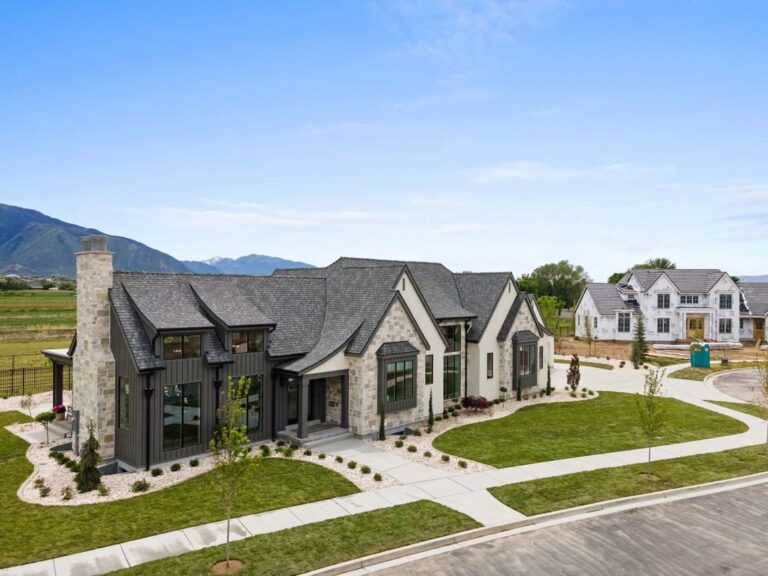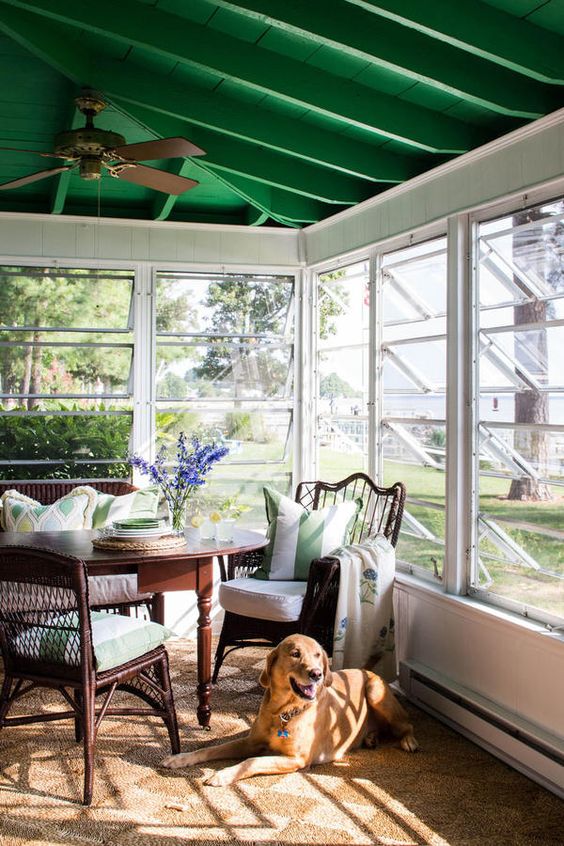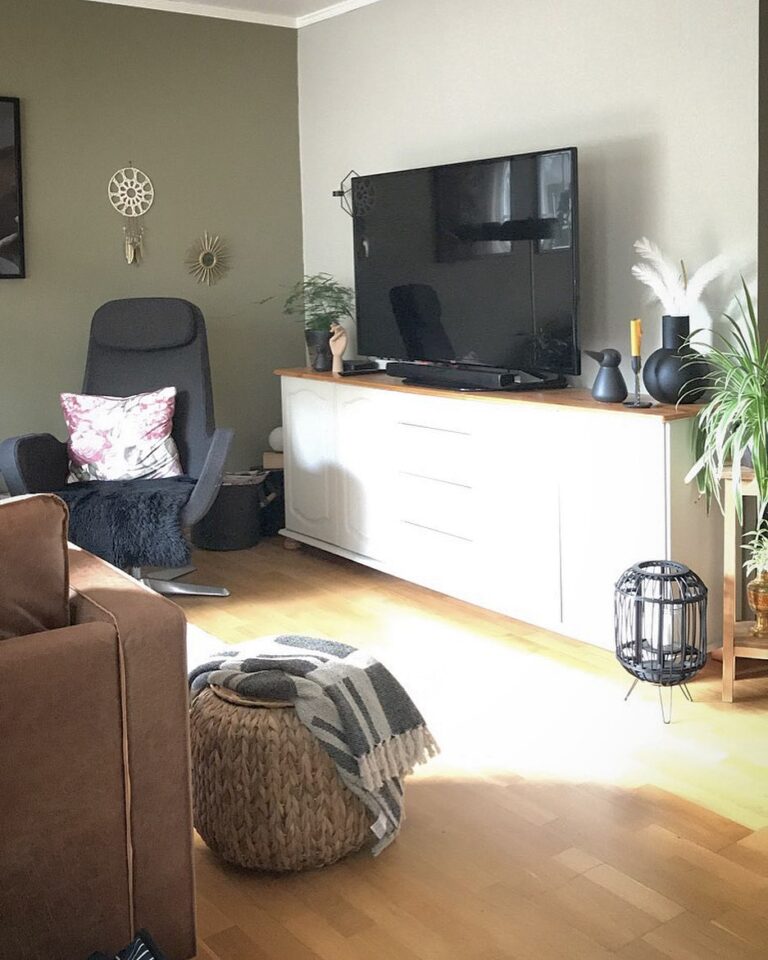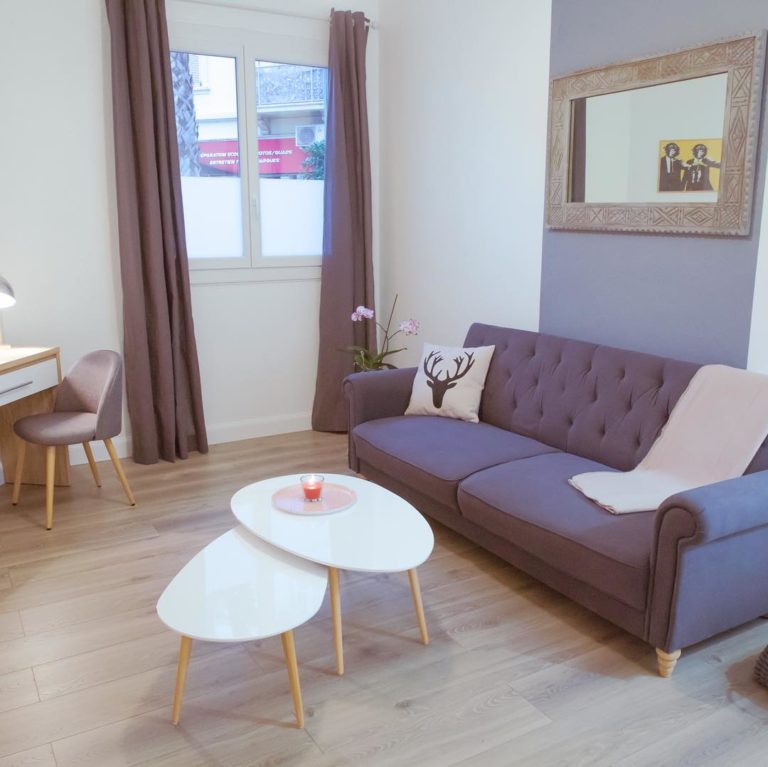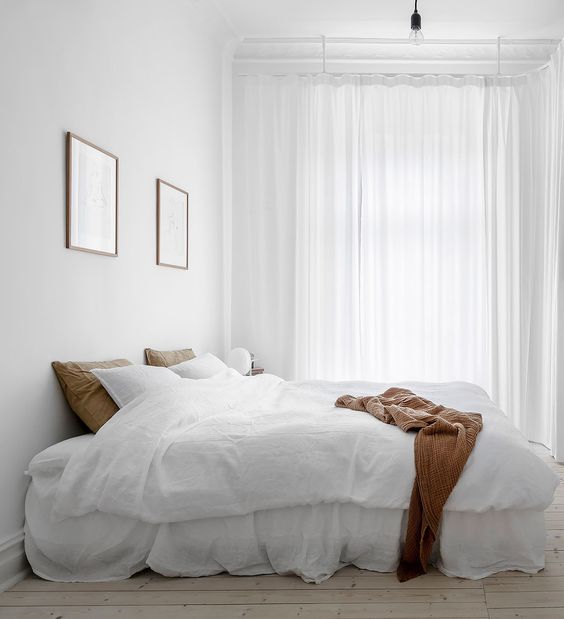Here’s How to Grow the Most Beautiful Decorative Plants on Your Own
Plants can be relaxing, decorative, and create an idyllic environment in your home. Plants are proven to have many beneficial effects on the human psyche and can improve the quality of the air that we breathe. For the previously mentioned reasons, we can see that we can derive great benefits from growing indoor decorative plants. And, with the benefits aside, they are simply beautiful and accentuate our homes and our furniture.
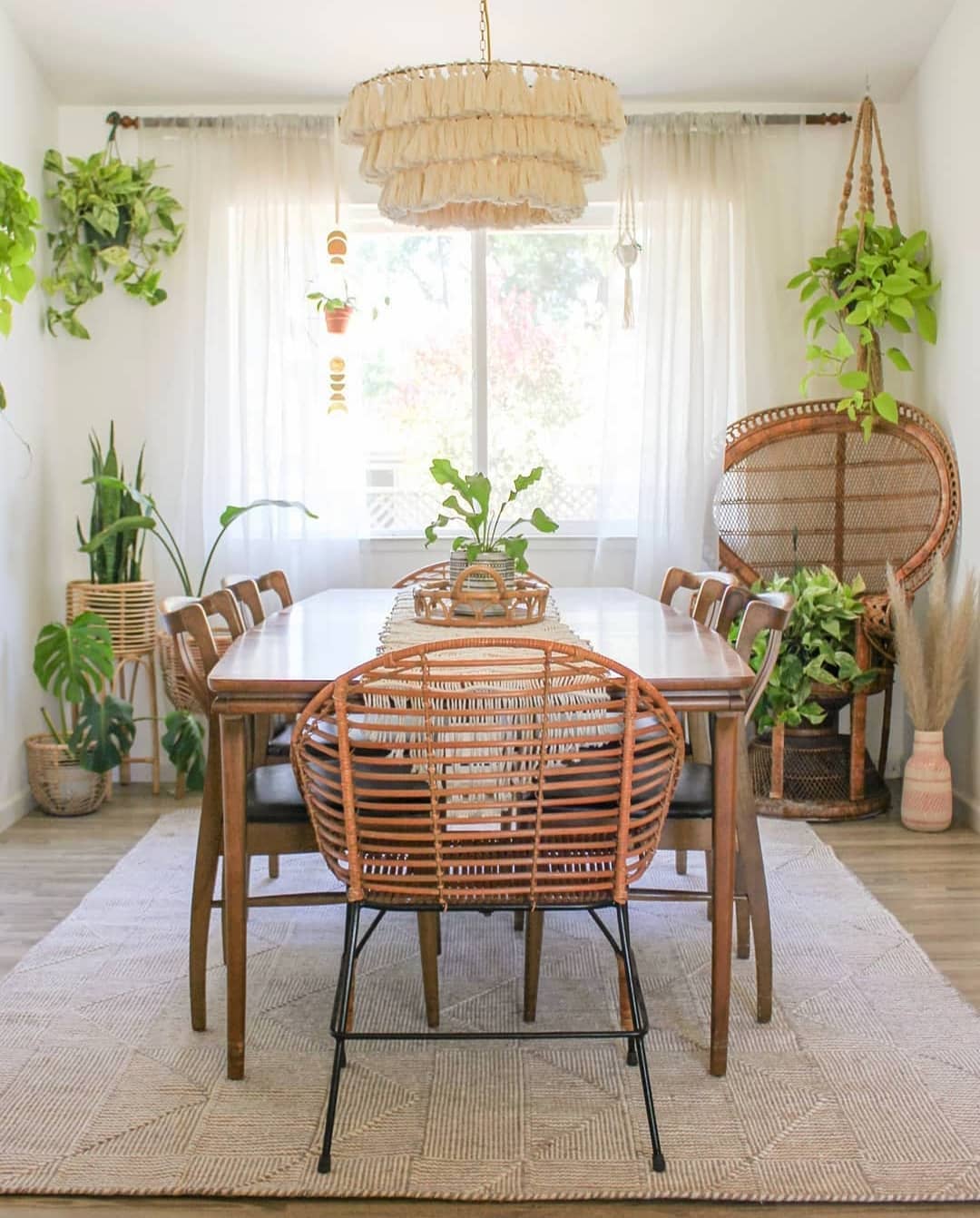
Having indoor plants is essential for any home, and if you do not have any, then this page will tell you how you can grow your own decorative indoor plants on your own, and tell you how to create a harmonious and beautiful living environment.
Here is how you can grow the most beautiful decorate indoor plants on your own.
LED Lights
LED lights for plants are often associated with, shall we say, special kinds of indoor plants. This page, unfortunately, will not tell you how to grow that plant, however, but if you are interested in learning more about growing indoors then read on. Notwithstanding the connotations associated with LED lights for indoor plants, they can still be hugely beneficial to your plant’s growth cycle and life. LED lights are a very essential part of growing certain types of indoor plants and can help them to photosynthesize. Some types of outdoor plants can actually be brought indoors with the aid of LED lights, and you will be able to grow tropical plants inside despite the fact they ordinarily need to be outside. This offers you a huge variety in the decorative plants that you grow inside your home and allows you to branch out and include tropical and rare species of plants to give you home a unique and awesome aesthetic.
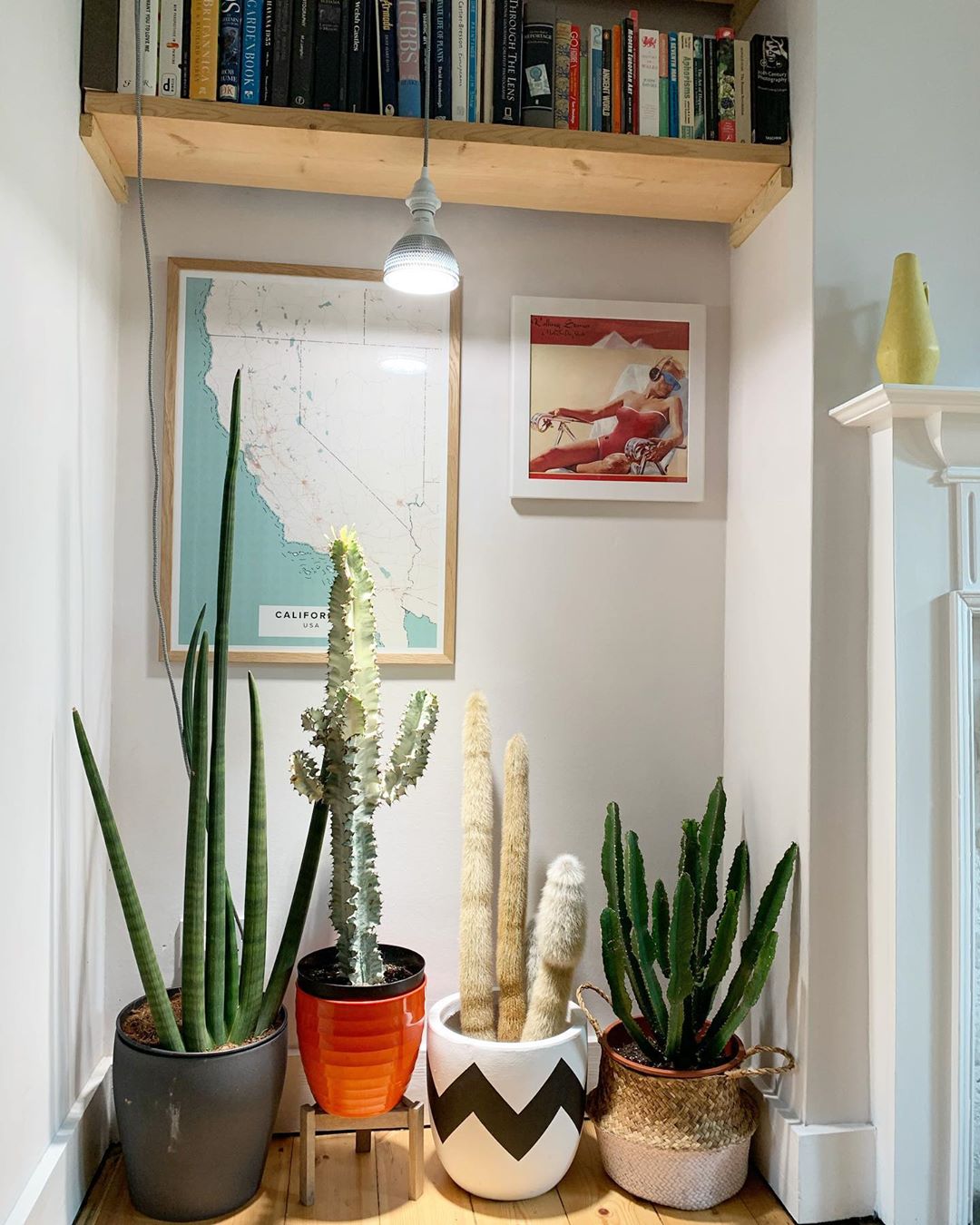
Space
Your indoor garden must have as much space as you can allow it. An indoor garden can take up a lot of space, or barely any at all, but you should ensure your plants have room to breathe. You can grow more or less anything on a windowsill or a table, even vegetables and fruit. If you are a dedicated grower and have as much room as possible, you can set up a chest or a table for your plants to grow on; be sure to put a tarp underneath it to catch drops of water falling. You can also set up shelving on the walls for growing your plants, but ensure they have as much lighting as possible, whether natural or LED.
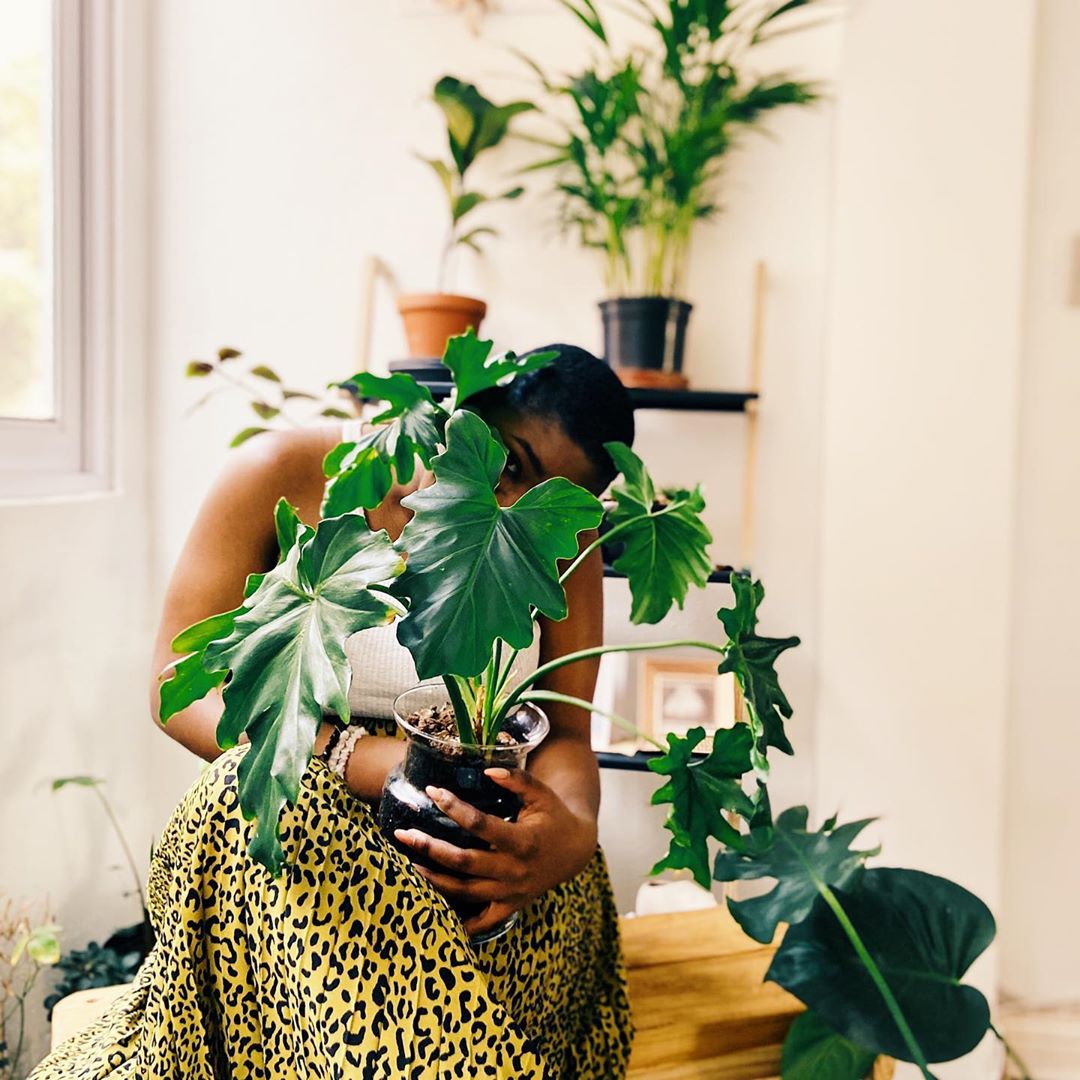
Temperature
The temperature of your plants is very important; sixty to seventy degrees Fahrenheit will be suitable for most species of plants; you can vary either way about ten degrees Fahrenheit without having to worry about your plants dying or falling apart. If your plants are too hot, they will be weak and find it hard to grow, they will also remain small, if your plants are cold, their leaves will yellow and the leaves will wilt and fall off.
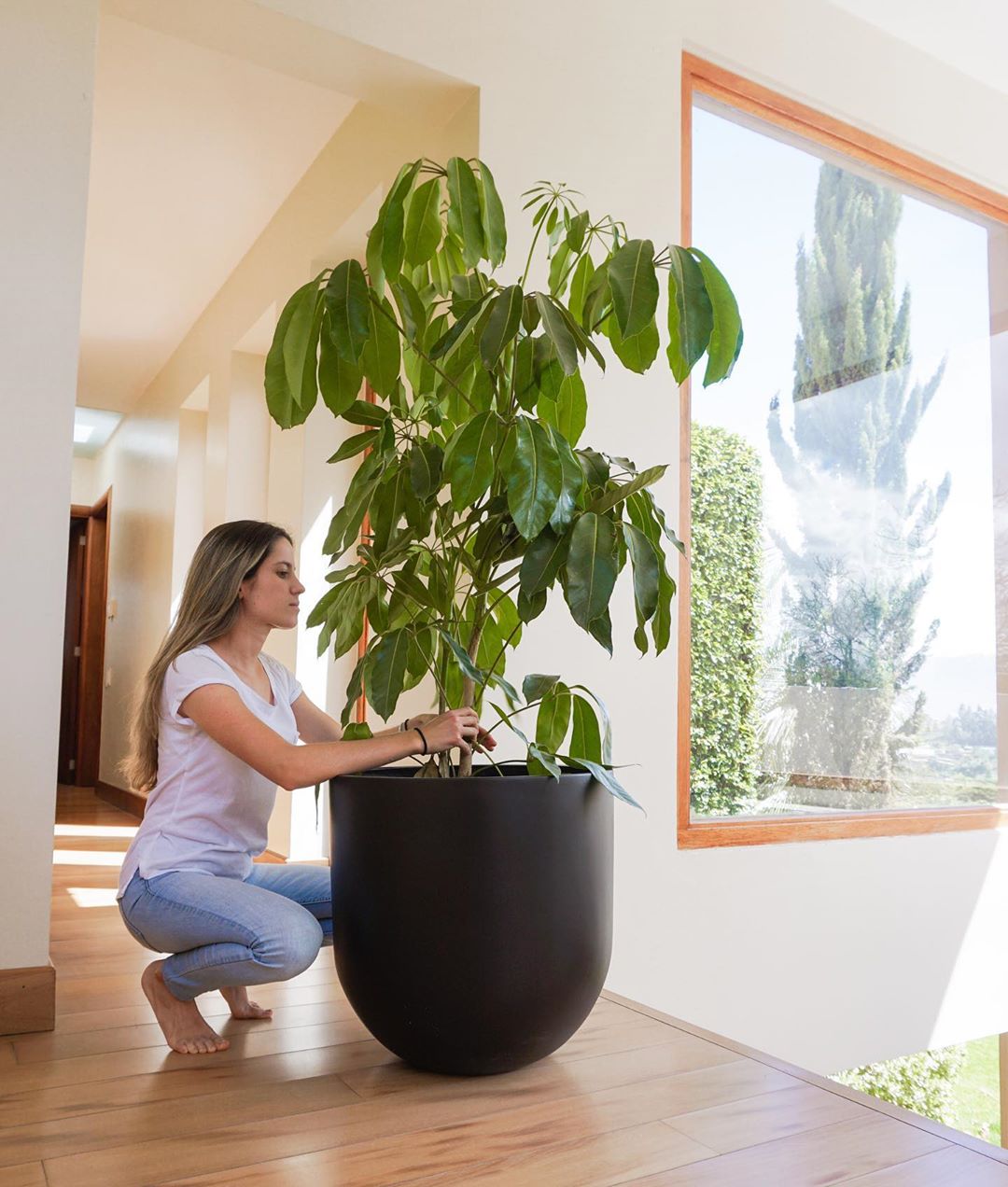
Humidity
Humidity is to a certain extent essential. If you have a lack of humidity in your home, you may struggle to grow plants, and may not be able to grow anything at all. To increase humidity in your own, mist your plants every single day, or leave bowls of water around to evaporate. Increasing the humidity in your home is not that difficult, you can even pick up a humidifier as a shortcut to ensure that your plants have an adequate amount of humidity to facilitate their growth. Humidity is crucial.
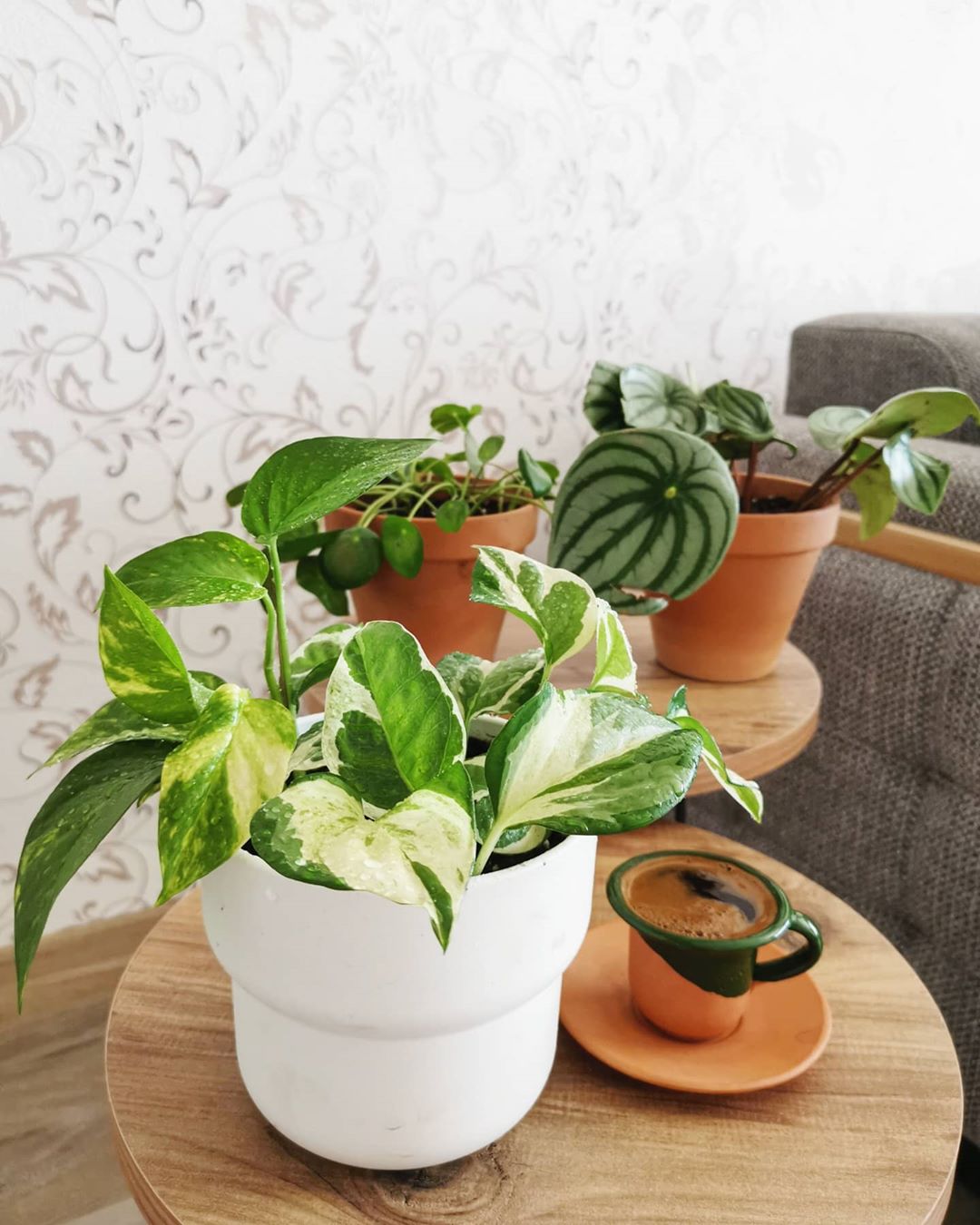
Soil
The soil of the plants you grow is another essential component in facilitating their healthy growth. The soil of your indoor plants should be a good mix, and you can likely pick this up at a garden center. If you attempt to grow indoor plants in soil from outdoors, you will likely fail, owing to the contamination likely contained within the soil. Outdoor soil can be contaminated with many things, from insects and bacteria to repellents and weed seeds. Your local gardening center will likely have its own indoor mix, and you should definitely go and pick it up if you want your plants to flourish.
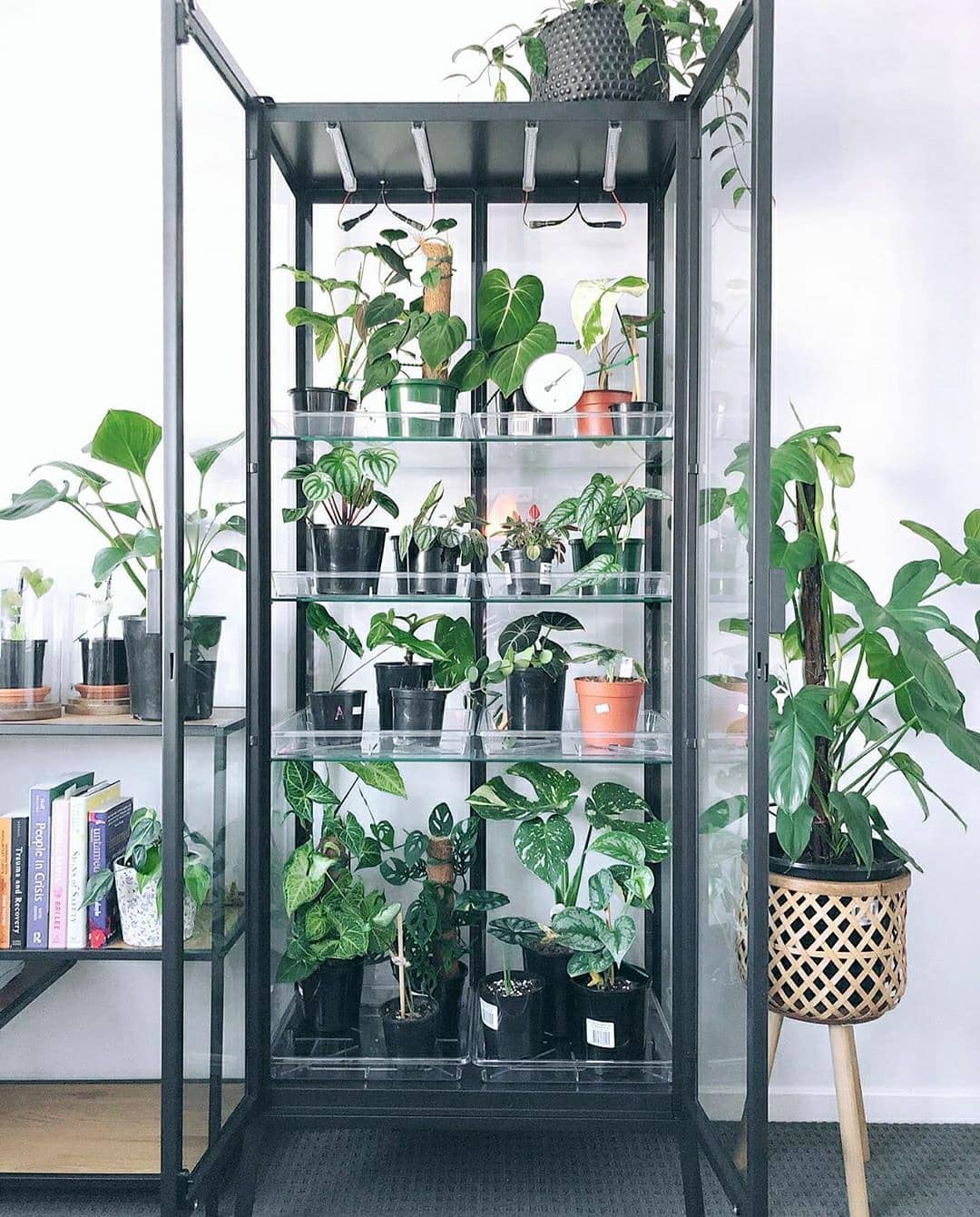
Prune
If you are growing decorative plants, then you will need to prune; pruning your plants ensures they are aesthetically pleasing and healthy. You must learn to prune first, however, as not pruning your plants properly can lead to the plants wilting and dying, which is not something you will want. Prune your plants regularly.
Now you know a few ways that you can grow beautiful, healthy, and decorative indoor plants. With this guide, it has never been easier. You’re welcome!


